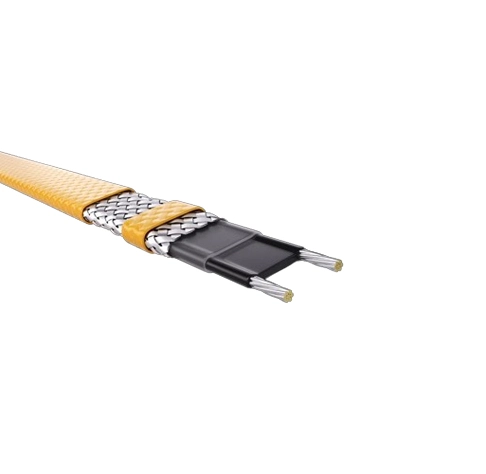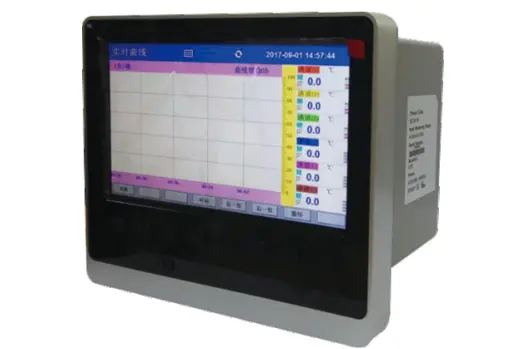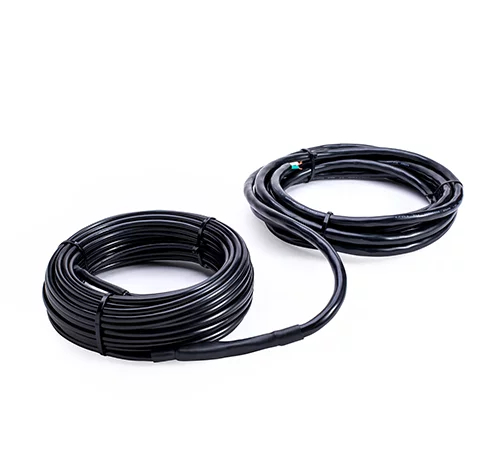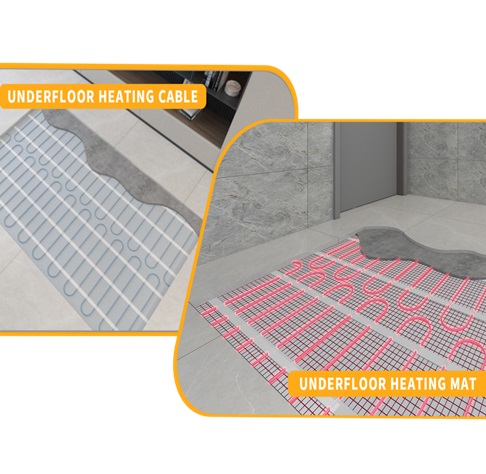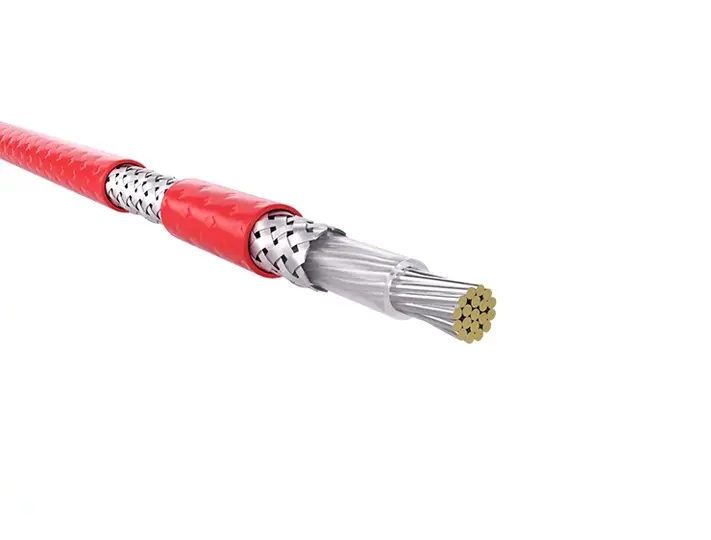Heat trace cables are essential for preventing freezing, maintaining process temperatures, and ensuring safety in various applications. Below is a detailed comparison of common types:
1. Constant Wattage (Series Resistance) Cables
Power Control: Fixed output per foot; requires a thermostat or controller.
Energy Efficiency: Lower efficiency without proper control; may consume more energy.
Installation:
Requires careful spacing to avoid overheating.
Suitable for long, straight runs (e.g., freeze protection in pipes).
Cost: Lower initial cost but higher operating costs if poorly controlled.
Durability: Moderate; avoid physical damage to the jacket.
Applications:
Freeze protection in residential/commercial pipes.
Roof/gutter de-icing in simple layouts.
Downsides: Risk of hot spots if improperly installed; less flexible for complex layouts.
2. Self-Regulating (Parallel Resistance) Cables
Power Control: Adjusts output automatically via PTC (Positive Temperature Coefficient) material.
Energy Efficiency: Higher efficiency; reduces power as temperature rises.
Installation:
Flexible; overlaps allowed without overheating.
Ideal for complex geometries (e.g., valves, tanks).
Cost: Higher upfront cost but lower long-term energy expenses.
Durability: Robust; resists physical damage better than constant wattage.
Applications:
Process piping with varying temperatures.
Hazardous areas (ATEX-rated options available).
Downsides: Can degrade if exposed to temperatures exceeding their rating.
3. Mineral-Insulated (MI) Cables
Power Control: Requires a thermostat; operates at constant wattage.
Energy Efficiency: High efficiency; minimal heat loss due to metal sheath.
Installation:
Complex; requires specialized tools for termination.
Rigid design; challenging in tight spaces.
Cost: Highest initial cost due to materials and installation.
Durability: Exceptional; withstands extreme temperatures (up to 1,100°C) and corrosion.
Applications:
High-temperature processes (e.g., refineries, chemical plants).
Hazardous locations (explosion-proof, hermetically sealed).
Downsides: Stiffness complicates installation; expensive.
4. Skin-Effect Trace Heating
Power Control: Uses AC current; heat generated via "skin effect" (current concentration at conductor surfaces).
Energy Efficiency: Optimal for long runs; minimal voltage drop.
Installation:
Requires three-phase power supply.
Suitable for pipelines, large tanks, or expansive areas.
Cost: High due to specialized components and installation.
Durability: Designed for industrial environments; resists moisture and chemicals.
Applications:
Long-distance pipelines.
Industrial storage tanks.
Downsides: Dependent on AC power; less common in residential settings.
Comparison Table
Feature | Constant Wattage | Self-Regulating | MI Cable | Skin-Effect |
Power Control | Thermostat | Automatic | Thermostat | AC-dependent |
Efficiency | Lower | Higher | High | High for long runs |
Installation | Careful spacing | Flexible | Complex | Specialized |
Cost | Low initial | Moderate | Highest | High |
Durability | Moderate | Good | Excellent | Industrial-grade |
Best For | Simple freeze protection | Complex layouts | Extreme temps/hazards | Long pipelines |
When to Choose Each Type
Constant Wattage: Budget-friendly for straightforward freeze protection (e.g., residential pipes).
Self-Regulating: Priority on energy savings and flexibility (e.g., solar panels, complex piping).
MI Cables: Extreme temperatures, hazardous areas, or long-term reliability (e.g., oil/gas industries).
Skin-Effect: Long-distance industrial applications where voltage drop is a concern.
By aligning cable type with specific needs (temperature range, environment, budget), users can optimize performance and longevity.


